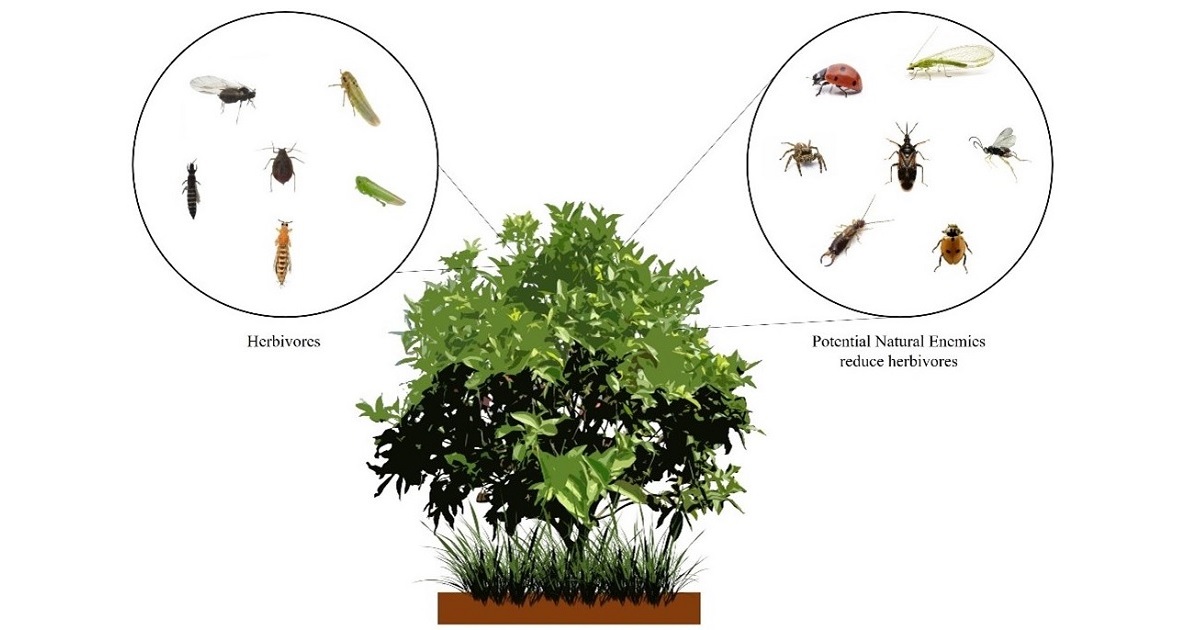Ecosystem Services and Biological Control in Agroecosystems
A special issue of Agriculture (ISSN 2077-0472). This special issue belongs to the section "Agricultural Systems and Management".
Deadline for manuscript submissions: 15 July 2024 | Viewed by 3173

Special Issue Editors
Interests: ecosystem services; biological control; landscape ecology; plant-viruses; tritrophic interactions
Special Issue Information
Dear Colleagues,
In the globalized world, the need to produce quality and safe food has increased exponentially over the last decades as a result of the growing world population. Ecosystem services are the benefits that humans derive from ecosystems and have rapidly been integrated into policies on biodiversity and sustainability. Food production and sustainable agriculture depend on a number of ecosystem services, but also to a large extent on human managements and interventions. However, agricultural intensification simplifies and modifies the agricultural landscape, disturbing the ecosystem services that biodiversity provides to agroecosystems, particularly the biological control. In biological control programs, the conservation of natural enemies is a critical element, implying the necessity of identifying the factors that limit the quantity and/or effectiveness of this.
This Special Issue will focus on ecosystem services and biological control in agroecosystems and include interdisciplinary studies embracing agriculture, with discussions of biology, ecology, taxonomy, chemistry and zoology. Research articles will cover a broad range of biological control from landscape ecology, ecosystem services, trophic interactions and the management of ecosystems. All types of submissions are welcome, such as original research, opinion, and review articles.
Dr. Gemma Clemente-Orta
Dr. Hugo Alejandro Alvarez
Guest Editors
Manuscript Submission Information
Manuscripts should be submitted online at www.mdpi.com by registering and logging in to this website. Once you are registered, click here to go to the submission form. Manuscripts can be submitted until the deadline. All submissions that pass pre-check are peer-reviewed. Accepted papers will be published continuously in the journal (as soon as accepted) and will be listed together on the special issue website. Research articles, review articles as well as short communications are invited. For planned papers, a title and short abstract (about 100 words) can be sent to the Editorial Office for announcement on this website.
Submitted manuscripts should not have been published previously, nor be under consideration for publication elsewhere (except conference proceedings papers). All manuscripts are thoroughly refereed through a single-blind peer-review process. A guide for authors and other relevant information for submission of manuscripts is available on the Instructions for Authors page. Agriculture is an international peer-reviewed open access monthly journal published by MDPI.
Please visit the Instructions for Authors page before submitting a manuscript. The Article Processing Charge (APC) for publication in this open access journal is 2600 CHF (Swiss Francs). Submitted papers should be well formatted and use good English. Authors may use MDPI's English editing service prior to publication or during author revisions.
Keywords
- biological control
- ecosystem services
- natural enemy
- herbivores
- pest control
- agroecosystem and sustainability






